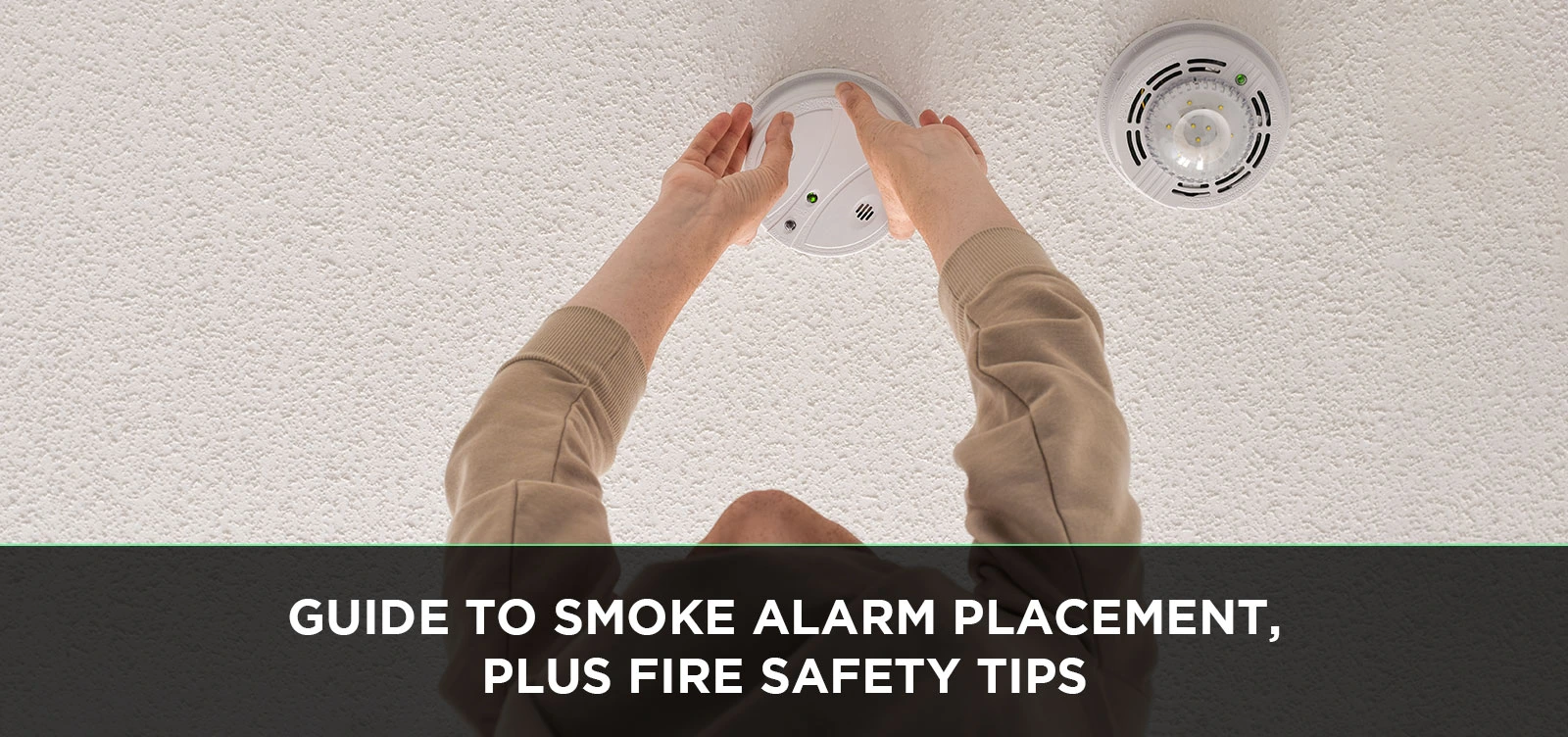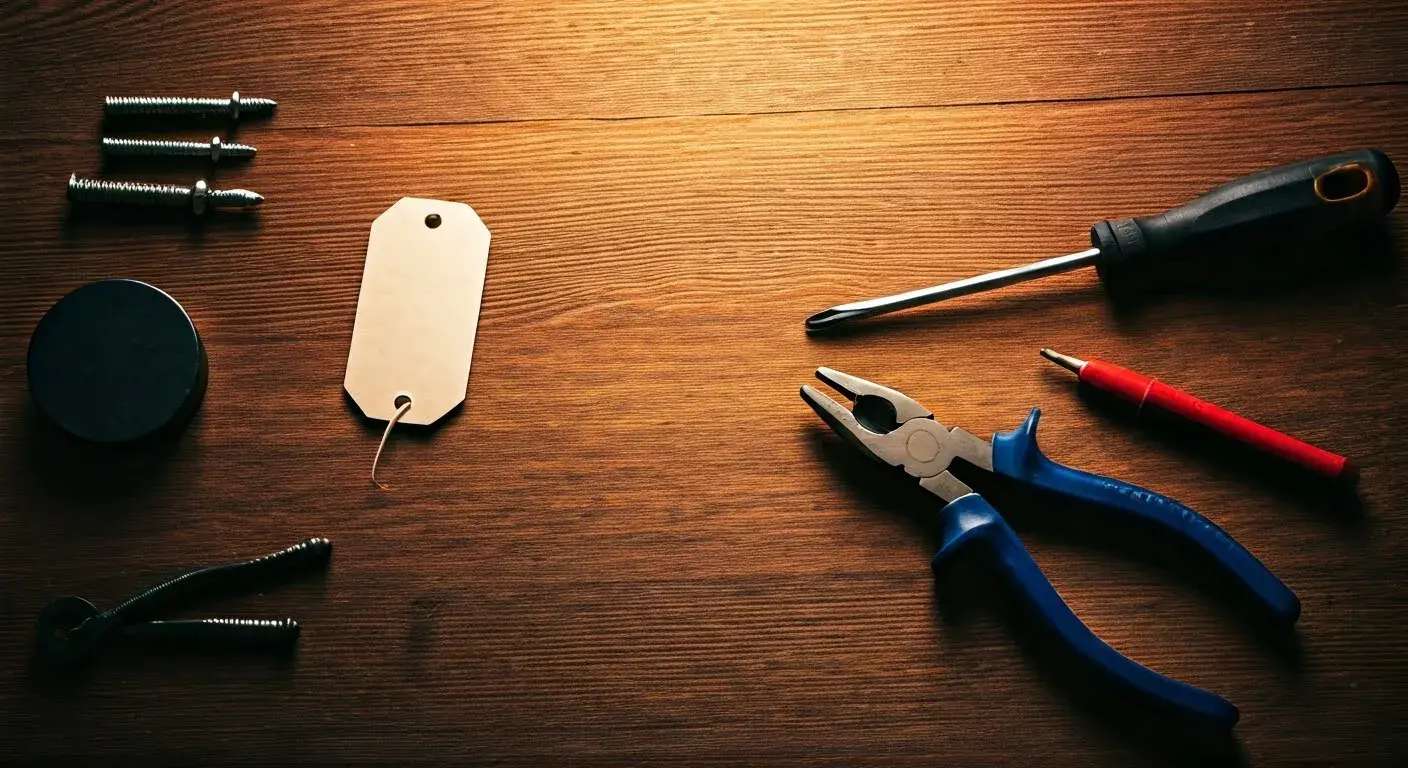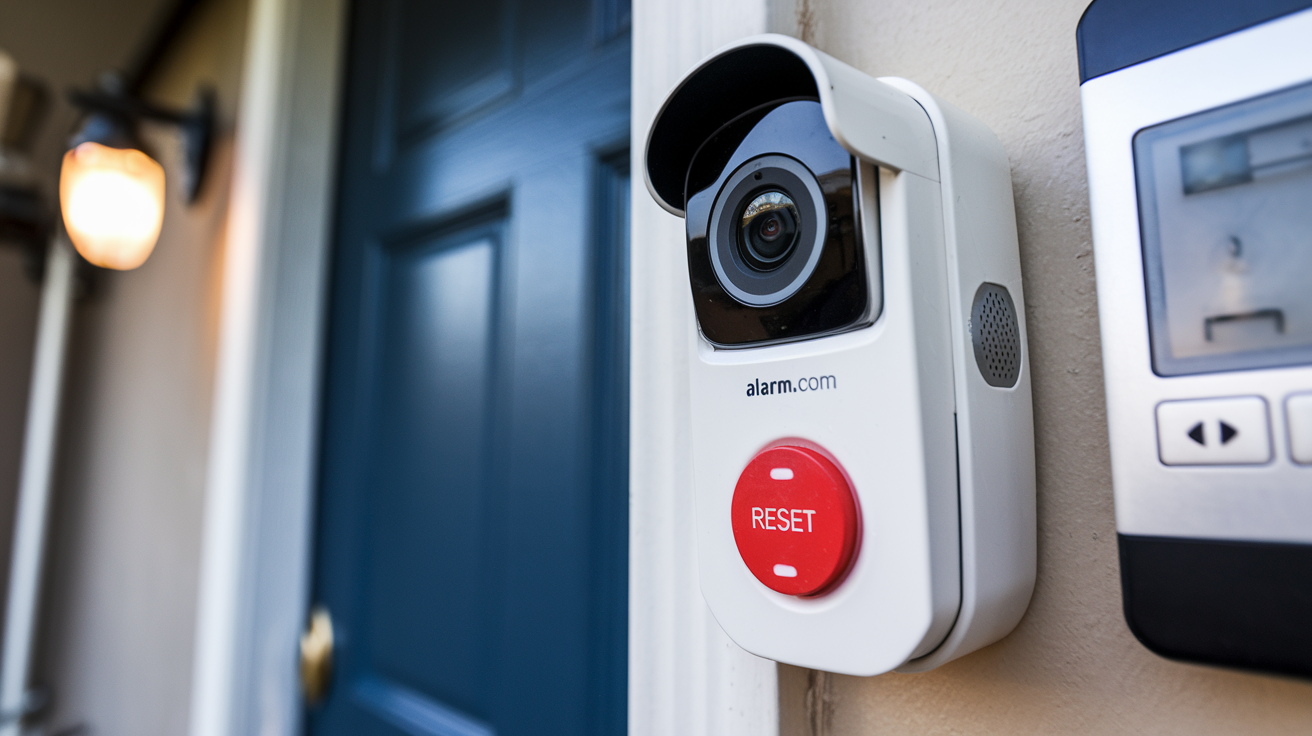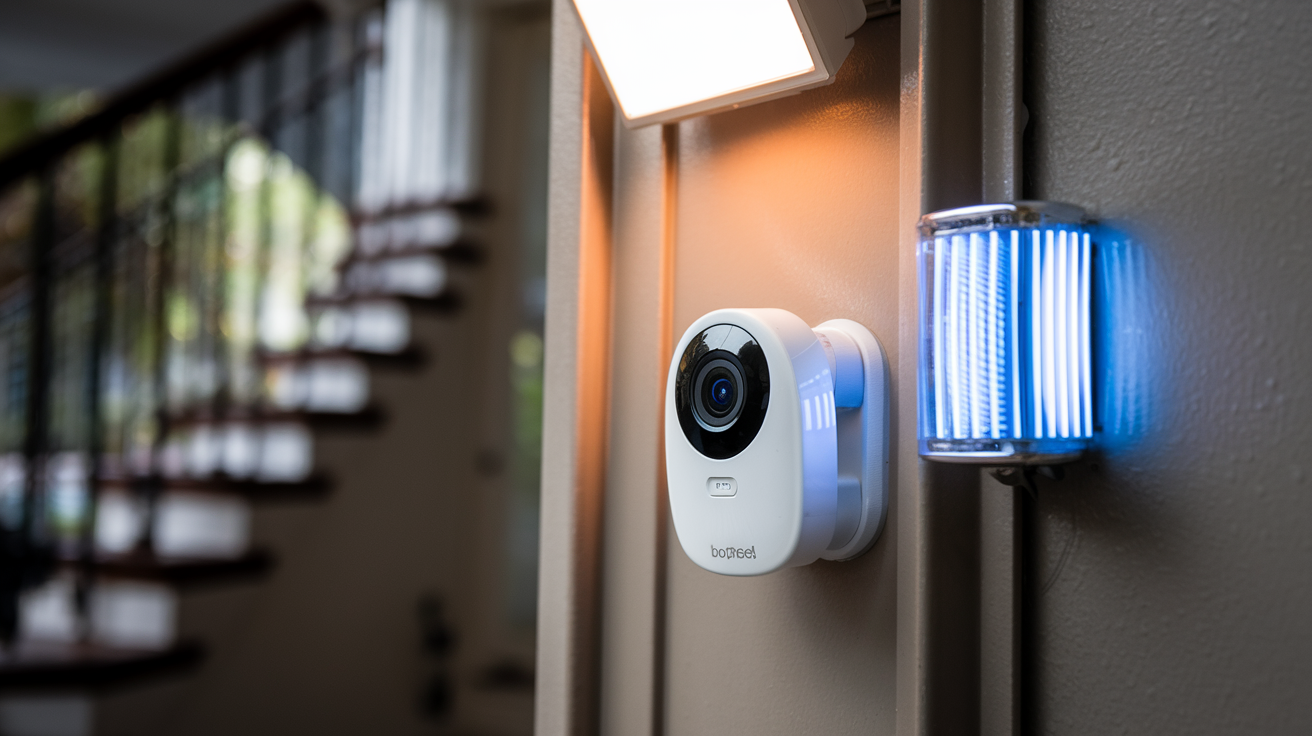Fire safety is a crucial aspect of home security that should never be overlooked. Installing smoke alarms in the right places and knowing how to respond in case of a fire can make a life-saving difference. In this comprehensive guide, we'll cover everything you need to know about smoke alarm placement and provide essential fire safety tips to keep you and your loved ones protected.
Introduction
Fire emergencies can happen suddenly and spread rapidly. Having smoke alarms in your home is the first line of defense against these potentially life-threatening situations. But it's not just about having smoke alarms; it's about placing them strategically and following fire safety practices to ensure the utmost protection.
Why Smoke Alarms Are Vital
Smoke alarms are designed to detect smoke and alert you before the fire spreads, giving you valuable time to escape. They are especially critical at night when you're asleep and might not notice the early signs of a fire. These alarms act as your silent guardians, watching over you and your home 24/7.
Types of Smoke Alarms
Different types of smoke alarms utilize various technologies to detect fires. Ionization smoke alarms are more sensitive to fast-flaming fires, while photoelectric smoke alarms are better at detecting slow-smoldering fires. For optimal protection, consider using dual-sensor smoke alarms that combine both technologies.
Ideal Smoke Alarm Placement
Proper smoke alarm placement is essential to ensure maximum coverage. Install smoke alarms in the following areas:
Bedrooms and Hallways: Place alarms in or near sleeping areas and along escape routes.
Living Areas: Install alarms in the living room, family room, and other common spaces.
Kitchen and Garage: Keep alarms away from cooking fumes and car exhaust, but close enough to detect any potential fires.
Basement: If you have a basement, place an alarm at the bottom of the stairs.
Interconnected Alarms: Link all smoke alarms so that when one detects smoke, all alarms sound simultaneously.
Installation Dos and Don'ts
Do: Follow Manufacturer's Instructions: Read and follow the manufacturer's guidelines for installation and maintenance.
Don't: Install Near Vents or Windows: Smoke alarms should be away from vents, windows, and doors to prevent false alarms caused by drafts.
Regular Maintenance and Testing
Installing smoke alarms is not a one-time task. Regularly test your alarms and replace their batteries at least once a year. A non-functioning smoke alarm is as good as having no alarm at all.
Fire Safety Tips for Every Home
Create an Escape Plan: Have a well-thought-out escape plan that includes multiple routes and a designated meeting point.
Practice Fire Drills: Regularly conduct fire drills with your family to ensure everyone knows what to do in an emergency.
Keep Fire Extinguishers Handy: Have fire extinguishers on every floor and learn how to use them.
Check Electrical Wiring: Inspect and maintain your home's electrical systems to prevent short circuits and potential fires.
Cooking Safety: Never leave cooking unattended and keep flammable items away from the stove.
Candle and Smoking Safety: Use candles with caution and avoid smoking indoors.
Space Heater Caution: Keep space heaters at a safe distance from flammable objects and turn them off when not in use.
Early Detection Saves Lives
Smoke alarms are the unsung heroes of fire safety. Their early detection capabilities can mean the difference between life and death. By following the recommended placement guidelines and practicing fire safety measures, you're taking significant steps toward protecting your home and loved ones.
Conclusion
Fire safety is a shared responsibility that requires both preventive measures and preparedness. By placing smoke alarms strategically, staying vigilant, and educating your family about fire safety, you're creating a safer living environment. Remember, your actions today can make a lifesaving impact tomorrow.
Call (888) 805-5456 to install smoke alarms now!
FAQs
1. How often should I test my smoke alarms?
Regular testing is crucial – at least once a month.
2. Can I install a smoke alarm near the bathroom?
It's best to avoid steam-filled areas, as steam can trigger false alarms.
3. Do smoke alarms need to be hardwired?
Hardwired alarms are more reliable, but battery-operated alarms work well too.
4. What should I do if a smoke alarm goes off accidentally?
Wave a towel near the alarm to clear the air, or press the alarm's "hush" button if it has one.
5. Are there special alarms for hearing-impaired individuals?
Yes, there are smoke alarms with strobe lights and bed shakers for those with hearing loss.






